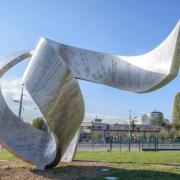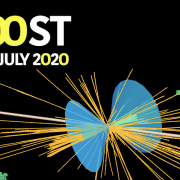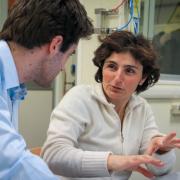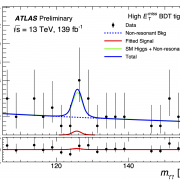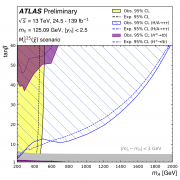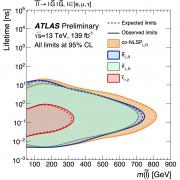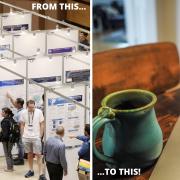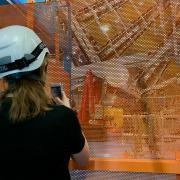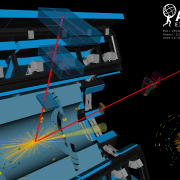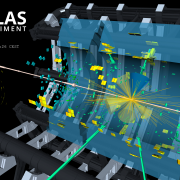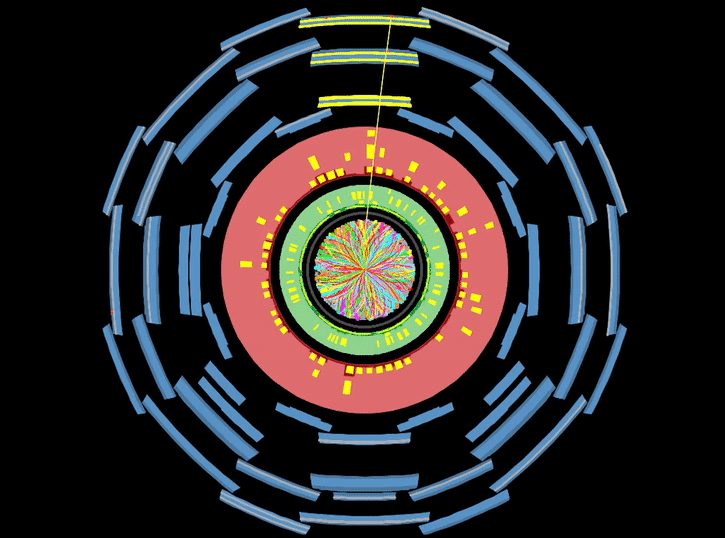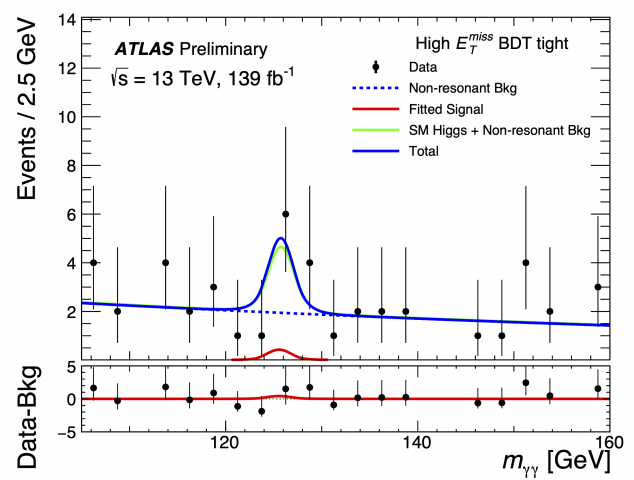Access to Collaboration Site and Physics Results
Updates tagged: “muon spectrometer”

In conversation with Masaya Ishino, a key player behind ATLAS' successful Run 2
Masaya Ishino is a researcher and professor with the University of Tokyo. He joined the ATLAS Collaboration in 2001, and has been instrumental to the development, construction and operation of the muon spectrometer. Masaya was elected ATLAS Run Coordinator in 2017, playing a key role in the record-breaking Run 2 operation.
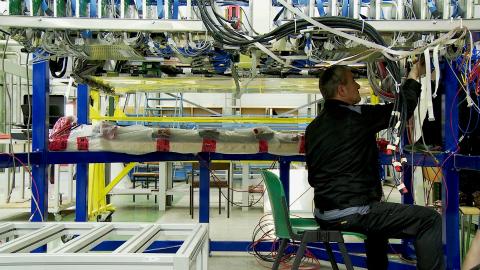
ATLAS at the starting line
The start of the 2017 run marks the conclusion of a maintenance period known as the Extended Year-End-Technical-Stop (EYETS). This upkeep is vital for the health and well-being of the detector, ensuring that ATLAS can thrive for the months of high-intensity operation that follow.
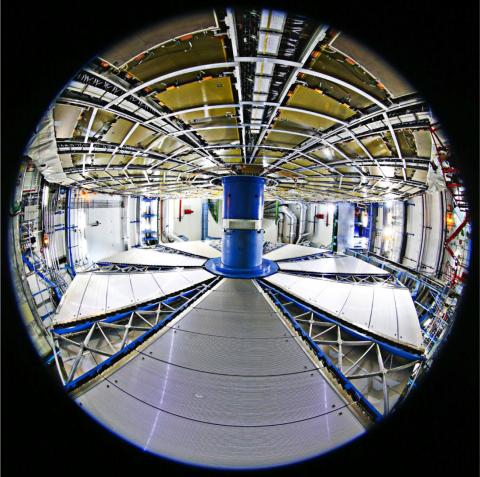
Review before Run 2
ATLAS is ready for Run 2 of the Large Hadron Collider (LHC) where proton beams will be collided together at a higher centre of mass collision energy of 13 TeV, and reach higher luminosities than ever before.

Full Coverage for ATLAS Muons
Hold out your hand and in one minute hundreds of muons will have passed through your palm. Muons are one of the high-energy cosmic ray particles that can pass through most solid structures – even the ATLAS detector’s calorimeter, which is designed to absorb particles and measure their energy. A specific system is required to measure muons. Until now, the ATLAS muon system was almost completed, but not quite. The last of the 62 chambers in the Extended Endcap (EE) region was installed just before summer this year.
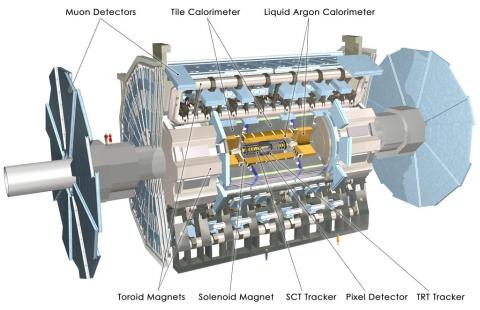
First Integrated Run in 2010
Today ATLAS has started the integrated runs. This has happened before, nevertheless this is the first time ATLAS subdetectors get together after the winter break, a lot of work has been done since then.
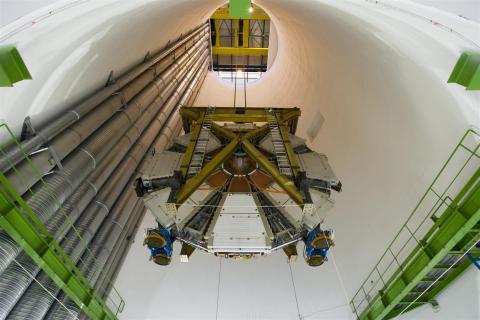
ATLAS completes world's largest jigsaw puzzle
Celebrations are underway in the ATLAS Experiment, as the final element of the detector was lowered into the cavern on Friday February 29th, 2008. The second “small wheel” is also the final part of the muon subsystem, but the wheels themselves are small in name only. At 9.3 metres in diameter, and weighing in at 100 tons each, moving them from their construction warehouse, at the north-west tip of the CERN site in Geneva, to the underground ATLAS cavern was a challenge which was anything but small.
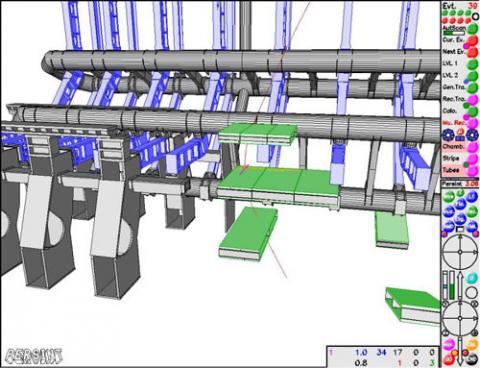
Triggering and measuring bent cosmic muon tracks with the muon spectrometer barrel for the first time
Data have recently been collected with the toroidal magnetic field will provide for the first time the measurement of the cosmic ray muons' momenta in the ATLAS experiment and allow studies on trigger optimization, chamber calibration, chamber alignment and magnetic field maps. More than one million events were acquired. They are now being analyzed by enthusiastic members of the collaboration.

Progress with the muon end-cap
After completing the preparation of the sectors of the wheels TGC-1 (first layer of trigger chambers) and MDT (precision chambers) for the side C of ATLAS last spring, the work in building 180 has advanced quickly during the summer: all the sectors for TGC-2-C have been completed during the month of August; currently, two sectors for TGC-3-C are complete, and work is underway for three others. Similarly, assembly, integration and commissioning have progressed well also with the precision chambers, with 12 of the 16 sectors for MDT-A being complete now, and the end of this significant phase of work is only a few weeks ahead of us.

2005: a busy year for ATLAS
During 2005, the preparation of the ATLAS Experiment has proceeded smoothly and many results were achieved.


